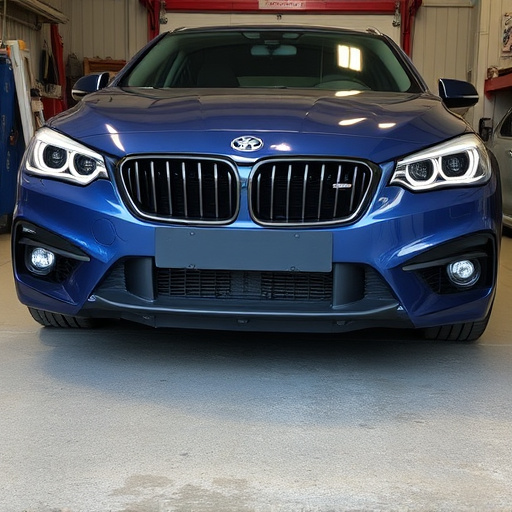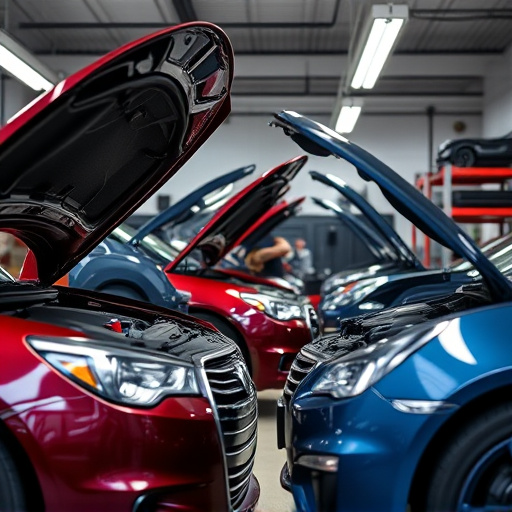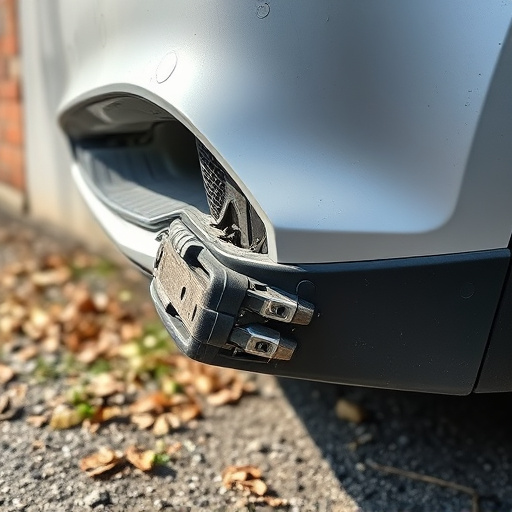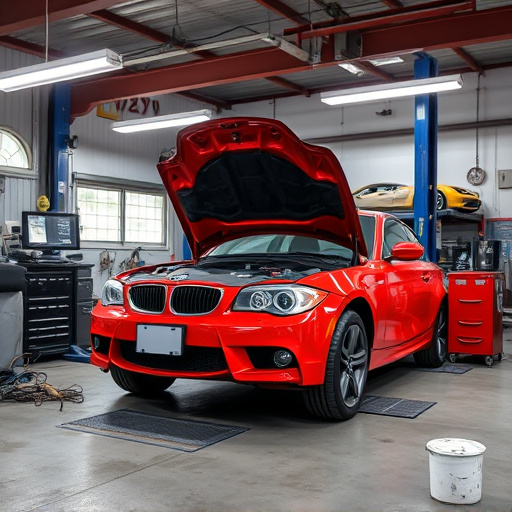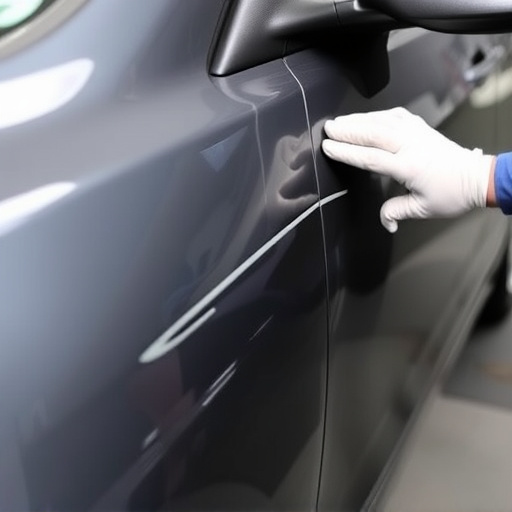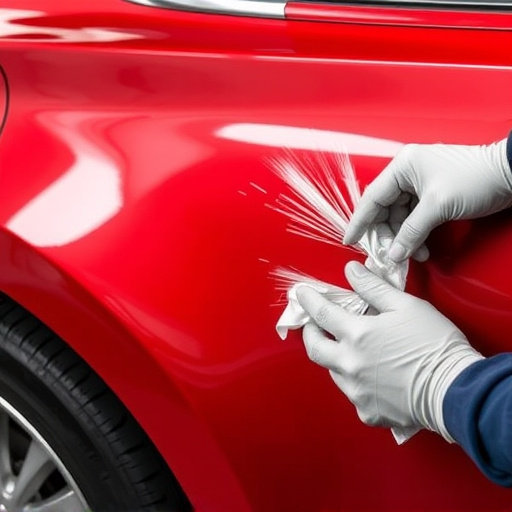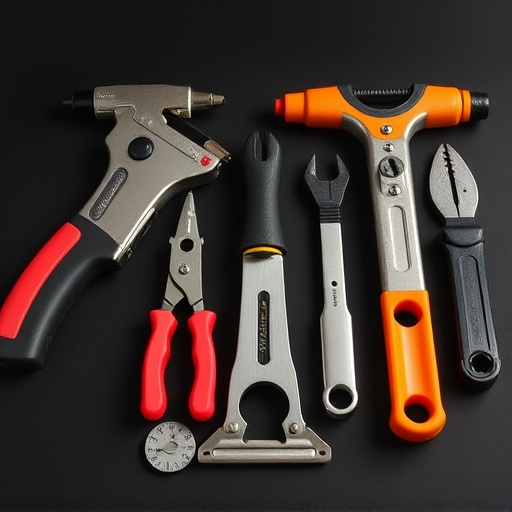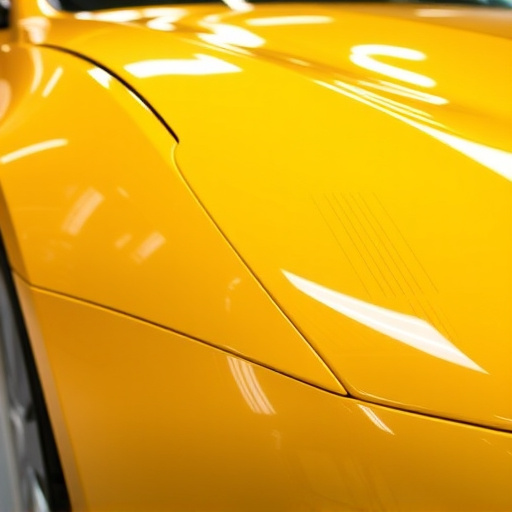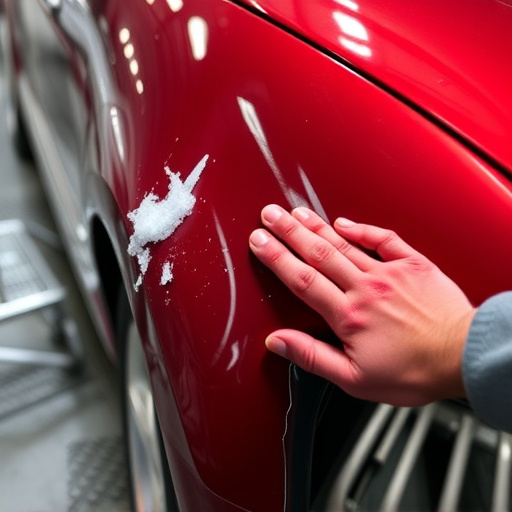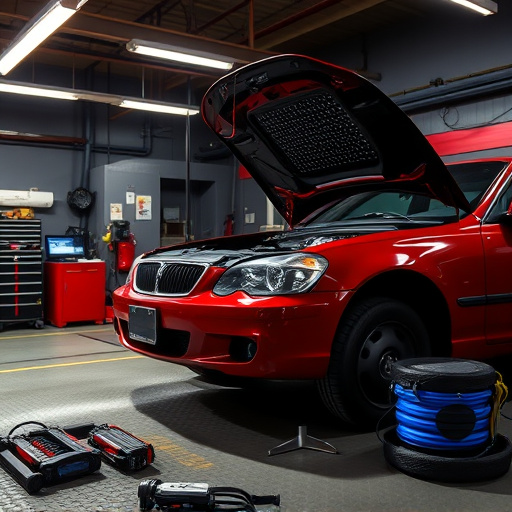The adoption of electronic measuring systems has revolutionized car dent repair and collision industries, offering unprecedented precision. Unlike manual methods, these systems use sensors and algorithms to capture dents accurately, minimizing human error and enhancing repair effectiveness. By providing detailed data quickly, they streamline processes, improve efficiency, and ensure superior aesthetic and structural results in automotive restoration.
In today’s advanced world, the evolution of measurement technology is evident with the rise of the electronic measuring system. This innovative tool challenges traditional frame measuring methods, offering unprecedented precision and accuracy. While manual techniques require skilled expertise, electronic systems provide versatility and portability, streamlining tasks across various industries. This article delves into these contrasting approaches, highlighting how the electronic measuring system revolutionizes measurement, ensuring efficiency and reliability in a digital age.
- Precision and Accuracy: Electronic Measuring System
- Versatility and Portability: A New Era of Measurement
- Traditional Methods: Relying on Expertise and Tools
Precision and Accuracy: Electronic Measuring System
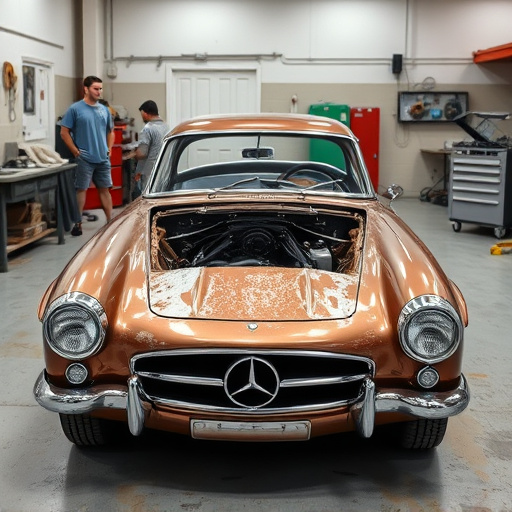
The electronic measuring system has revolutionized car dent repair and collision repair processes. Unlike traditional frame measuring tools, which can be subjective and prone to human error, electronic systems offer unparalleled precision and accuracy. These advanced tools use sophisticated sensors and software algorithms to precisely measure and document the extent of damage, ensuring that every dent or crumple is accurately captured.
In the realm of car dent repair and collision repair, this level of precision is crucial. Accurate measurements allow for more effective repair strategies, leading to better results in terms of both aesthetics and structural integrity. By minimizing human involvement in measurement, electronic measuring systems reduce the potential for mistakes, ensuring that repairs are not only swift but also highly accurate, which is vital for customer satisfaction in car collision repair services.
Versatility and Portability: A New Era of Measurement

The advent of electronic measuring systems has marked a significant shift in how we approach precision and accuracy in various industries, including automotive restoration and car paint repair. Unlike traditional frame measuring tools, which are often cumbersome and limited in their applications, electronic alternatives offer unparalleled versatility and portability. These new-age measurement tools can easily navigate complex vehicle collision repair scenarios, providing detailed data with just a few presses of a button.
This technological advancement is not only streamlining processes but also enhancing the overall efficiency and quality of work, especially in intricate tasks like car paint repair. By eliminating the need for manual adjustments and constant reference to physical templates, electronic measuring systems enable professionals in automotive restoration to focus more on the creative aspects of their work, ensuring precise and consistent results every time.
Traditional Methods: Relying on Expertise and Tools
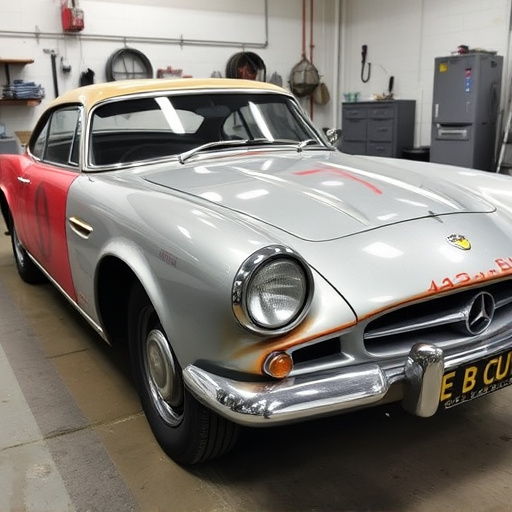
In traditional methods of measuring and repairing vehicle bodies, expertise plays a pivotal role. Skilled technicians use manual tools like tape measures, calipers, and rulers to assess damage and ensure precise repairs in car paint repair or vehicle collision repair scenarios. These tangible tools have been relied upon for decades, offering hands-on feedback that is crucial for accurate measurements in various dimensions of vehicle bodywork.
The reliance on expertise and traditional measuring tools has its merits, as it allows for a tactile understanding of the vehicle’s structure. However, with advancements in technology, an electronic measuring system has emerged as a game-changer. This digital alternative streamlines the process, providing instant, accurate readings, and eliminating the need for constant recalibration, which is common with manual tools.
In the pursuit of precise measurements, the shift from traditional frame tools to modern electronic measuring systems offers a compelling advantage. The former, relying on expertise and manual precision, is complemented by the latter’s unparalleled accuracy and versatility in today’s digital era. Electronic measuring systems, with their ability to provide instant, reliable data, are revolutionizing industries, making tasks more efficient and accessible. As we navigate this new landscape of measurement, embracing these innovative tools promises a future where accuracy and convenience go hand in hand.
